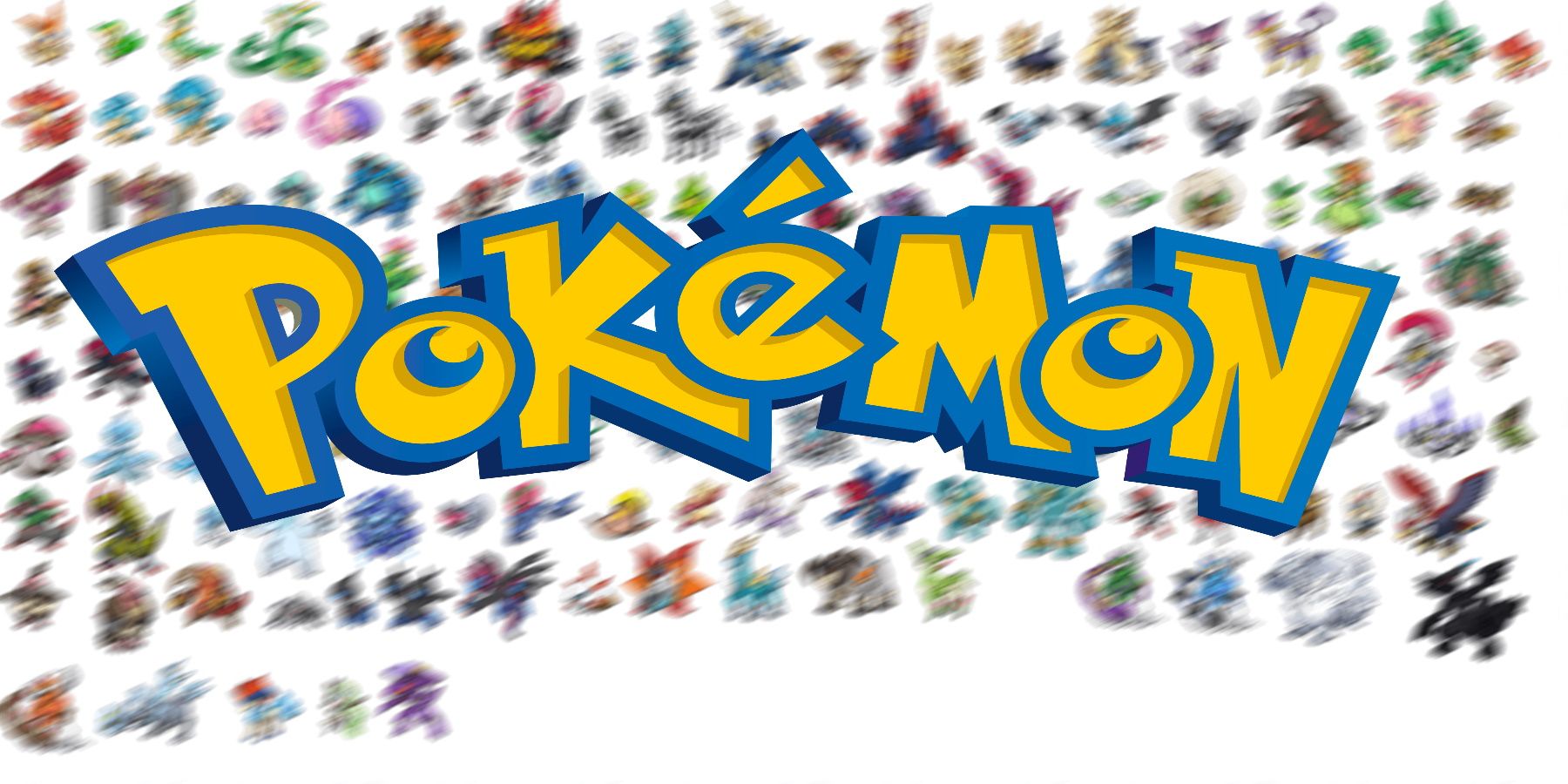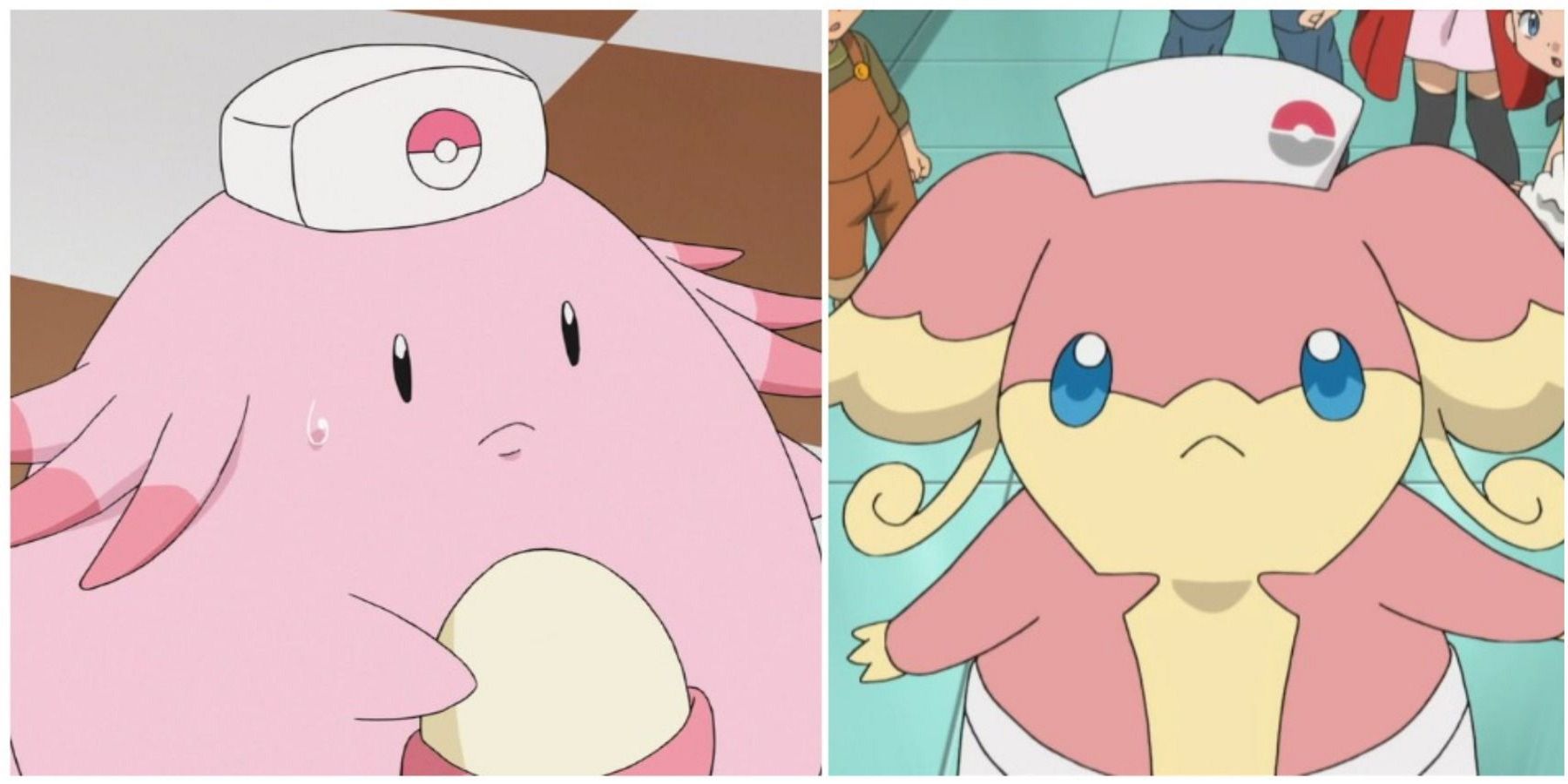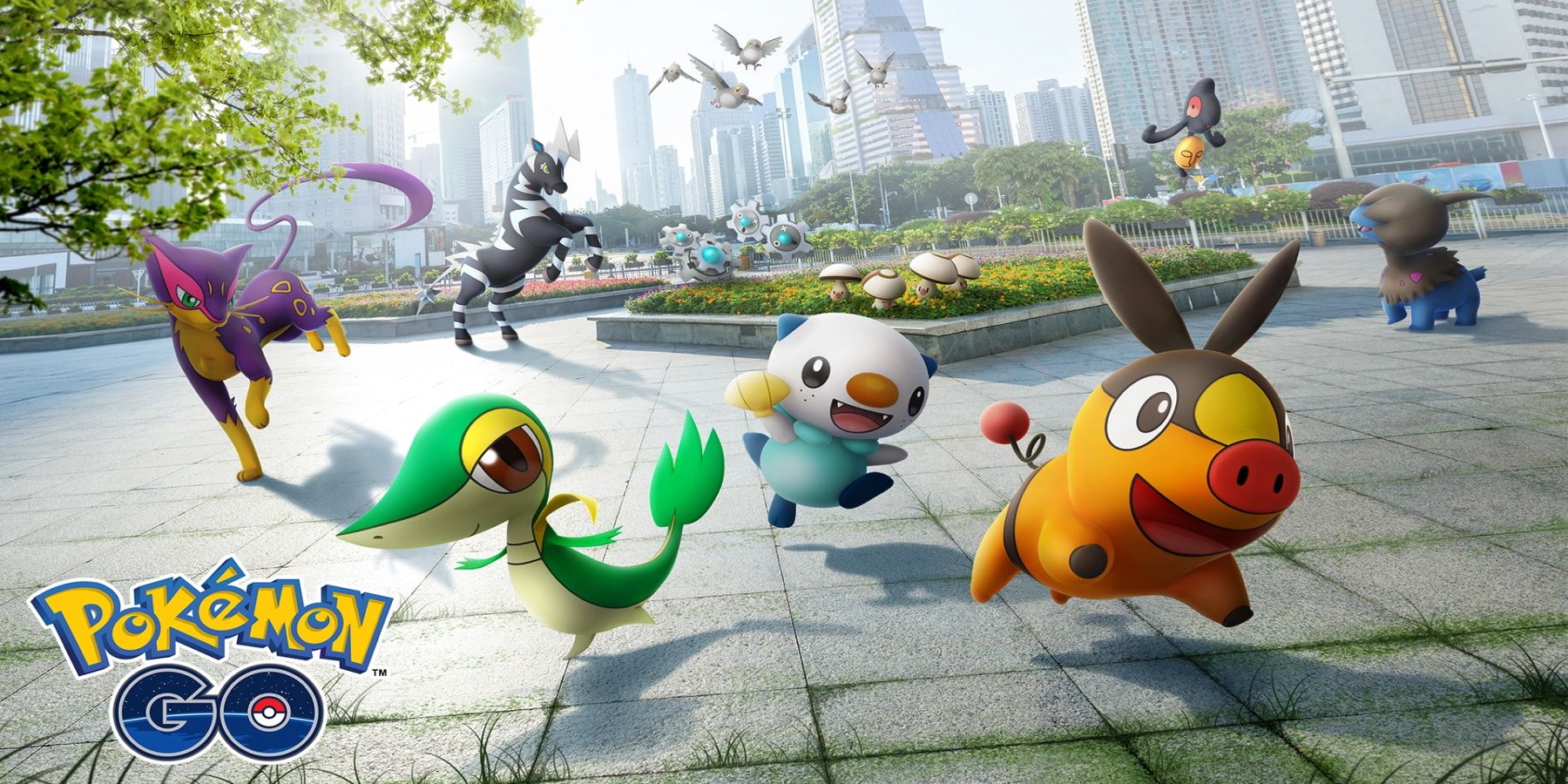All Pokemon Belonging to Generation 5
Pokemon’s fifth generation has the largest roster in the series, including plenty of original and not-so original Pokemon to choose from.
You Are Reading :All Pokemon Belonging to Generation 5
Category : Pokemon

Despite the franchise’s worldwide success, there has not been a single new Pokemon generation beyond Gen 2 that has not split the fanbase in some way when it originally released. Aside from Sword and Shield, the fifth generation is probably the one that has attracted the most controversy. The main reason why Gen 5 was so controversial among Pokemon fans is its roster. Previous Pokemon generations, with the exception of the first, combined older Pokemon with new ones in their regional Pokedexes.
With Pokemon Black and White, Game Freak decided to only include new Pokemon in the base game. Indeed, older Pokemon could only be caught in the postgame; not even Pikachu was exempt from this rule. Pokemon Black 2 and White 2 might have changed this, but it took a long time for certain Pokemon fans to get over that particular creative decision. Fitting for a roster that took over an entire base game, Gen 5 Pokemon make up the largest collection in the series, beating Gen 1 by five Pokemon. Just like with every generation, there is thematic consistency with the Pokemon’s designs and what they represent, adding more character to Unova.
Pokemon: Gen 1 Allusions In Gen 5

Gen 5 is, in practice, a soft reboot of the Pokemon series. It served as the transitionary point between the sprite-based earlier titles and the 3D games. While the Gen 5 games also use sprites, they are fully animated, giving Pokemon fans a sense of what was to come. The developers at Game Freak also created dozens of Pokemon that reflected what the series previously offered, particularly in the first Pokemon generation.
While some of these comparisons may be seen as a stretch, there are some similarities between these Pokemon and their presumed Kanto counterpart that are hard to dismiss as purely coincidences. This goes beyond the staples found in each region, such as pseudo-legendaries, the Route 1 birds, and Pikachu clones.
- Patrat and Watchog, while based on prairie dogs, share similarities with Kanto’s early game rodents, Rattata and Raticate. Patrat is partially named after rats, and both Pokemon learn fang-based moves early on.
- Pidove, Tranquill, and Unfezant, the early game birds, share some superficial similarities with the Pidgey line. While physically birds of prey, Pidgey and its evolutions are named after pigeons, while Pidove is a semi-realistic caricature of actual pigeons.
- Roggenrola, Boldore, and Gigalith are a three-stage Rock-type evolutionary line that is literally based on rocks whose final evolution is accessed through trading. The Geodude line in Gen 1 follows a similar pattern.
- Woobat and Swoobat are a part-Flying two-stage evolutionary line based on bats, just like Zubat and Golbat before Crobat’s introduction. Woobat is also frequently found in caves.
- Drilbur and Excadrill are a two-stage Ground-type evolutionary line based on moles, like Diglet and Dugtrio. Although unlike the Diglet line, these Pokemon actually resemble moles.
- Audino is a pink, cute Normal-type that is associated with Pokemon centers and gives a lot of experience upon being defeated, much like Chansey.
- Timburr, Gurdurr, and Conkeldurr are a three-stage Fighting-type evolutionary line that access its final stage by trading, just like the Machop line.
- Tympole, Palpitoad, and Seismitoad, like the Poliwag line, is a three-stage Water-type that gets a secondary type by the final stage and reflects the metamorphosis tadpoles go through.
- Throh and Sawk are a Fighting-type duo that are associated with each other despite not having a evolutionary ties, like Hitmonlee and Hitmonchan before Gen 2.
- Dwebble and Crustle are a part-Bug two-stage line in which the final form’s body has been taken over by the organism on the first form’s body, like Paras and Parasect.
- Trubbish and Garbodor are a two-stage Poison-type line based on pollution, like the Koffing and Grimer lines.
- Ducklett and Swanna are a two-stage Water-type line with connections to ducks, like Psyduck and Golduck.
- Foongus and Amoonguss, as well as Voltorb and Electrode, have a Poke Ball motif and appear as traps in the overworld.
- Frillish and Jellicent are a part-Water two-stage line based on jellyfish that are frequently found while surfing, like Tentacool and Tentacruel.
- Klink, Klang, and Klinklang are Steel-types that are mechanical in design, like the Magnemite line. Although they are not Electric-types, they can learn Electric moves and have a similar movepool.
- Bouffalant is a fairly realistic Normal-type bull, just like Tauros.
Pokemon Introduced in Gen 5

The Gen 5 Pokemon that do not share commonalties with Kanto Pokemon are some of the most unique in the series. A fair amount of them do not resemble recognizable creatures at first glance, and feel like individualized species as a result. Even when they do resemble something in real life, there is a rougher edge in their design that seems to characterize Gen 5 as a whole.
- Victini
- Snivy
- Servine
- Serperior
- Tepig
- Pignite
- Emboar
- Oshawott
- Dewott
- Samurott
- Lillipup
- Herdier
- Stoutland
- Pansage
- Simisage
- Pansear
- Simisear
- Panpour
- Simipour
- Munna
- Musharna
- Blitzle
- Zebstrika
- Sewaddle
- Swadloon
- Leavanny
- Venipede
- Whirlipede
- Scolipede
- Cottonee
- Whimsicott
- Petilil
- Lilligant
- Basculin
- Sandile
- Krokorok
- Krookodile
- Darumaka
- Darmanitan
- Maractus
- Scraggy
- Scrafty
- Sigilyph
- Yamask
- Cofagrigus
- Tirtouga
- Carracosta
- Archen
- Archeops
- Zorua
- Zoroark
- Minccino
- Cinccino
- Gothita
- Gothorita
- Gothitelle
- Solosis
- Duosion
- Reuniclus
- Vanillite
- Vanillish
- Vanilluxe
- Deerling
- Sawsbuck
- Emolga
- Karrablast
- Escavalier
- Alomomola
- Joltik
- Galvantula
- Ferroseed
- Ferrothorn
- Tynamo
- Eelektrik
- Eelektross
- Elgyem
- Beheeyem
- Litwick
- Lampent
- Chandelure
- Axew
- Fraxure
- Haxorus
- Cubchoo
- Beartic
- Cryogonal
- Shelmet
- Accelgor
- Stunfisk
- Mienfoo
- Mienshao
- Druddigon
- Golett
- Golurk
- Pawniard
- Bisharp
- Rufflet
- Braviary
- Vullaby
- Mandibuzz
- Heatmor
- Durant
- Deino
- Zweilous
- Hydreigon
- Larvesta
- Volcarona
- Cobalion
- Terrakion
- Virizion
- Tornadus
- Thundurus
- Reshiram
- Zekrom
- Landorus
- Kyurem
- Keldeo
- Meloetta
- Genesect
This generation was an experimental era whose uniqueness is largely more appreciated nowadays. Even when a concept is recycled, it is not uncommon for the Gen 5 take on the idea to be so fresh that its new Pokemon barely has anything in common with a perceived older counterpart. Despite the initial controversy surrounding it, this Pokemon generation’s roster has been vindicated over time.
See more : PokemonWe
